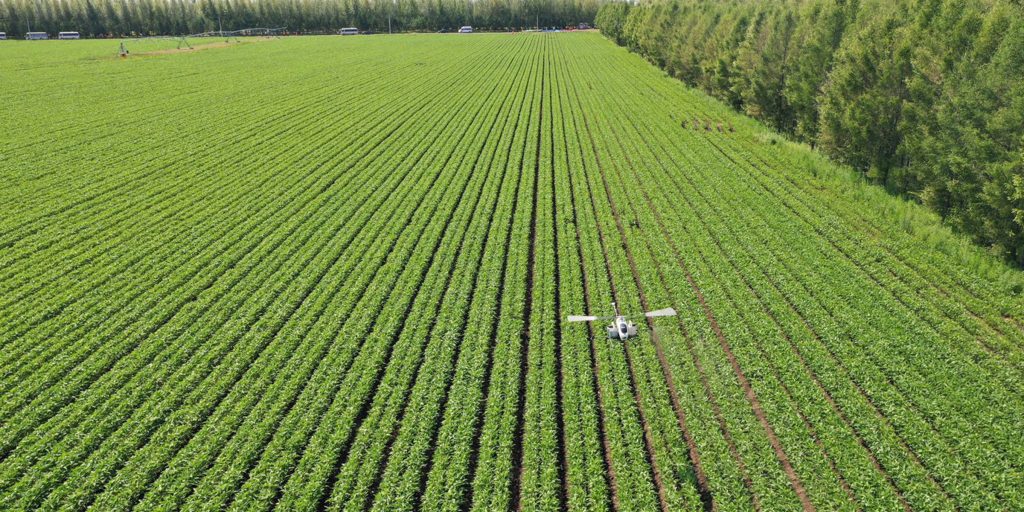Technology poverty alleviation is not only an important lever for poverty alleviation, but also an important driving force for targeted poverty alleviation. The Central Committee of the Communist Party of China has explicitly requested to “increase efforts in poverty alleviation through science and technology, solve key technical problems in the development of characteristic industries and ecological construction in poverty-stricken areas”, and “accelerate the transformation of advanced and applicable technological achievements in poverty-stricken areas”. Focusing on the major bottlenecks and missing key technologies faced by the development of poverty-stricken areas, conducting scientific research and tackling them, seeking effective technological means to solve problems, and achieving precise policy implementation and targeted treatment through technological innovation and achievement transformation, can provide a new driving force for “overtaking on curves” and sustainable development in poverty-stricken areas. This can not only solve the “bottleneck” problem that restricts the development of poverty-stricken areas, but also enhance the entrepreneurial and innovative skills of the labor force in poverty-stricken areas, thus achieving an organic combination of “supporting aspirations” and “supporting intelligence”.
Potatoes are the fourth largest crop in China and the main food crop in impoverished areas. Potatoes have the advantages of high yield, poor tolerance, strong stress resistance, high economic benefits, and long industrial chain. They can be planted in marginal farmland and high-altitude mountainous areas with relatively poor farmland quality. Without occupying the land for main grain crops, planting potatoes can effectively expand food supply and ensure national food security. The annual planting area of potatoes in China is about 5.81 million hectares, with a total yield exceeding 990.7 million tons, both of which rank first in the world.
The main potato producing areas in China are distributed in the northeast, northwest, and southwest regions, with most of them having extremely harsh natural ecological conditions and highly consistent with the distribution of concentrated and contiguous areas with special difficulties; According to rough statistics, over 70% of China’s national poverty-stricken counties are located in the main potato producing areas. Potatoes are not only the main food crop for the local population, but also an important source of household income. Many local governments have made the development of the potato industry an important focus of targeted poverty alleviation, and have issued a series of documents and policies. They hope to achieve the goals of reducing costs, expanding production, improving quality, and increasing income through the upgrading of potato planting technology, and help impoverished people achieve poverty alleviation and prosperity. Therefore, the strategic importance, regional characteristics, and significant income increase of the potato industry make it highly beneficial for technological transformation, and should also become the main direction of poverty alleviation through technology.


没有reply内容